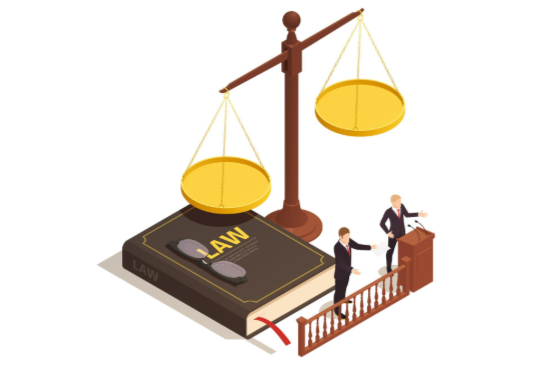Motorcycle accidents often mean serious injuries followed by stubborn swelling and inflammation, which can really drag out the pain and healing process. Once the emergency care is done, many survivors look for gentle ways to tackle this lingering stiffness. Enter Lymphatic Drainage Massage (LDM), a simple yet powerful technique often overlooked. It’s also important to remember that dealing with the crash’s aftermath isn’t just physical; knowing where to find legal guidance after a serious motorcycle collision can be a crucial first step. LDM works by helping your body’s natural “detox” system clear out the excess fluid and waste, making tissues heal faster. Let’s look at this game-changing recovery tool.
Understanding the Lymphatic System and Post-Trauma Swelling
To appreciate the power of LDM, we first need to understand the lymphatic system. Think of it as the body’s silent clean-up crew—a vast network of vessels, nodes, and organs running parallel to your circulatory system. Its primary job is to collect and filter lymph fluid, which is essentially plasma that has seeped out of capillaries into the body tissues. This fluid carries white blood cells to fight infection and, most importantly in the context of trauma, picks up waste products, damaged cells, and excess fluid before returning them to the bloodstream.
When a high-impact event like a motorcycle accident occurs, it causes significant soft tissue damage. This damage leads to a massive rush of fluid, inflammatory proteins, and cellular debris to the injured site—the phenomenon we call swelling or edema. The lymphatic system can easily become overwhelmed by this sudden, huge volume of fluid. The vessels get congested, and the “waste” lingers in the tissue, contributing to pressure, pain, and a feeling of heaviness. If the lymph system itself is damaged (as can happen in severe crush or surgical scenarios), the congestion is even worse. LDM is designed to manually assist this struggling system, essentially giving the clean-up crew a much-needed boost.
The Gentle Touch: How LDM Reduces Inflammation
Lymphatic drainage massage is not a deep tissue massage; in fact, it uses an incredibly light, rhythmic, and specific touch. This gentle pressure is applied in circular and sweeping motions, directed toward the nearest lymph nodes (like those in the neck, armpits, and groin). The reason for the light touch is simple: the lymphatic vessels are very superficial, lying just beneath the skin. Applying deep pressure would compress and flatten them, actually hindering the flow.
By manually stretching the skin and gently moving the fluid, LDM accomplishes several critical things for post-trauma recovery:
- Decongesting Tissue: The gentle strokes encourage the excess, protein-rich fluid that is causing the swelling to move out of the injured area and into the lymphatic vessels. This immediately begins to reduce the size and pressure of the edema.
- Speeding Up Waste Removal: It helps push the trapped inflammatory mediators, broken cell parts, and immune byproducts toward the lymph nodes, where they can be filtered and eliminated. This rapid clearing of “stagnant water” is key to reducing the chemical cause of inflammation.
- Pain Reduction: As the swelling goes down and the pressure on nerves decreases, patients typically experience a noticeable reduction in pain. Furthermore, the light, repetitive strokes can have a profoundly calming effect on the nervous system, which is often in a state of high alert (sympathetic dominance) after a traumatic event.
- Preventing Scar Tissue: By reducing chronic, lingering swelling, LDM helps prevent the formation of dense, excessive scar tissue (fibrosis) that can limit mobility and cause long-term stiffness. Healthy, flexible healing is promoted when the environment is clean and balanced.
A Complementary Tool in the Healing Arsenal
While LDM can be incredibly beneficial, it’s always used as a complementary therapy under the guidance of healthcare professionals. It can be especially effective after the initial acute phase of injury and is often recommended before and after orthopedic surgeries related to trauma, as it prepares the tissue for the procedure and then accelerates the removal of post-operative swelling. Many patients report feeling lighter and more energetic after a session, which is a welcome mental lift during what can be a long, challenging recovery. It’s a testament to the body’s innate capacity to heal, given the right supportive environment.
Conclusion
Recovering from a serious motorcycle trauma is a long road, and taming the inflammation is key. Lymphatic Drainage Massage (LDM) is a uniquely gentle yet powerful way to help your body’s natural detox system efficiently clear swelling, pain, and stiffness. Taking this proactive step helps survivors return to strength faster. Beyond the physical healing, it’s also critical for them to know that resources exist to find legal guidance after a serious motorcycle collision to secure their future and rights.

